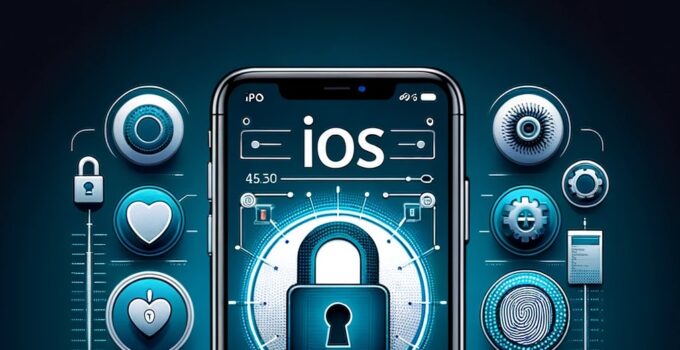Essential Security Settings Every iOS User Should Know. Security on iOS devices is more critical than ever as we store increasing amounts of sensitive information on our smartphones. From personal photos and messages to financial details and business data, ensuring these remain protected is paramount. This guide dives into the essential security settings on iOS that every user should be familiar with to safeguard their data effectively.
Customizing Your Control Center for Efficient iOS Navigation
Introduction
As iOS devices become integral to managing our digital lives, securing them against potential threats and vulnerabilities is essential. Apple is known for its strong focus on security, but users must take proactive steps to utilize these features fully. This article outlines critical security settings and practices that every iOS user should implement to enhance their device’s security.
Setting Up Basic Security Measures
- Enabling Face ID or Touch ID: Guide on setting up and using Face ID or Touch ID for secure authentication.
- Strong Passcode Usage: Importance of using a strong alphanumeric passcode and how to set it up.
Advanced Encryption Features
- Data Encryption: Explanation of how iOS encrypts your data and the importance of enabling certain settings to ensure data is fully protected.
- Secure Enclave: Brief overview of Apple’s Secure Enclave and its role in enhancing device security.
Managing App Permissions
- App Access to Data: How to manage app permissions to ensure apps only have access to necessary data.
- Location Services: Best practices for configuring location services to protect your location data.
Network Security Settings
- Safe Wi-Fi Usage: Tips for connecting to public Wi-Fi securely and setting up VPNs for an additional layer of security.
- Wi-Fi Network Privacy: How to use the Private Wi-Fi Address feature to prevent network tracking.
Enhancing Web and Browser Security
- Safari Security Features: Utilizing Safari’s privacy and security settings such as Fraudulent Website Warning and Privacy Report.
- Blocking Trackers: How to enable settings to block advertisers and websites from tracking your browsing activities.
Securing Apple ID and iCloud
- Two-Factor Authentication: Step-by-step guide on setting up two-factor authentication for your Apple ID.
- iCloud Security: Tips for securing your iCloud account and managing what data is backed up.
Regular Security Audits
- Checking Security Settings Regularly: Importance of regular audits of your security settings and how to perform them.
- Keeping iOS Updated: How to ensure your device is always up-to-date with the latest security patches and iOS updates.
Conclusion
By understanding and implementing these essential security settings, iOS users can significantly bolster the security of their devices. This guide serves as a foundation to empower users to take charge of their device security, ensuring their personal information is protected against emerging threats.
Secure Your iOS Experience
Implement these security settings today to protect your iOS device and the valuable data it holds. Stay informed about security best practices and continue to adjust your settings as new features and updates are released by Apple.



